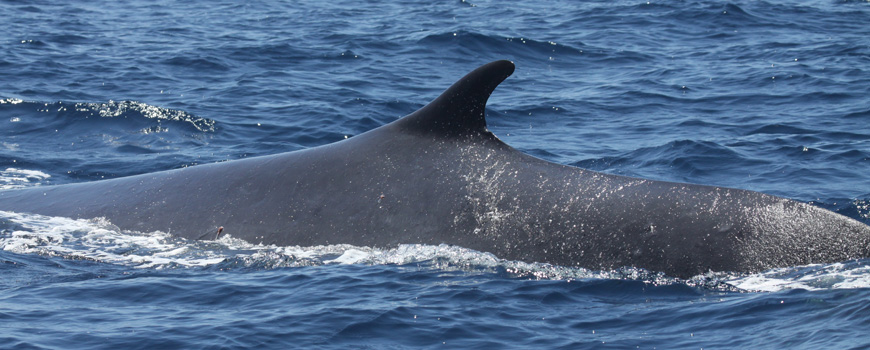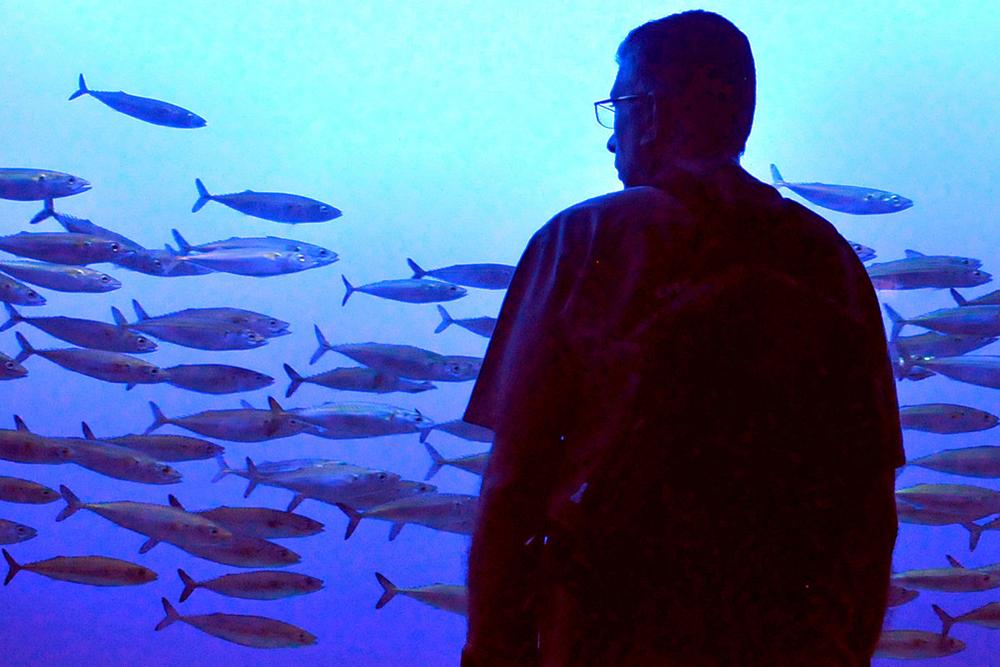— Posted with permission of SEAFOODNEWS.COM. Please do not republish without their permission. —
SEAFOODNEWS.COM [Letters] – June 23, 2015
Editor’s Note: The following letter from D.B. Pleschner was reviewed and supported by Mike Okoniewski of Pacific Seafoods.
To the Editor: I take exception to your statement: “The author of this piece, Elizabeth Grossman, buys into the argument, but in a fair article.”
In no way was this “fair” reporting. She selectively quotes (essentially misquotes) both Mike Okoniewski and me (and this after I spent more than an hour with her on the phone, and shared with her the statements of Ray Hilborn, assessment author Kevin Hill and other noted scientists.) She does not balance the article but rather fails to emphasize the NOAA best science in favor of the Demer-Zwolinski paper, published in NAS by NOAA scientists who did not follow protocol for internal review before submitting to NAS (which would have caught many misstatements before they saw print).
NOAA’s Alec MacCall later printed a clarification (in essence a rebuttal) in NAS, which pointed out the errors and stated that the conclusions in the Demer paper were “one man’s opinion”.
Oceana especially has widely touted that paper, notwithstanding the fact that the SWFSC Center Director also needed to testify before the PFMC twice, stating that the paper’s findings did not represent NOAA’s scientific thinking.
After the Oceana brouhaha following the sardine fishery closure, NOAA Assistant Administrator Eileen Sobeck issued a statement. SWFSC Director Cisco Werner wrote to us in response to our request to submit Eileen’s statement to the Yale and Food & Environment Reporting Network to set the record straight:
“The statement from the NMFS Assistant Administrator (Eileen Sobeck) was clear about what the agency’s best science has put forward regarding the decline in the Pacific Sardine population. Namely, without continued successful recruitment, the population of any spp. will decline – irrespective of imposed management strategies.”
It is also important to note that we are working closely with the SWFSC and have worked collaboratively whenever possible.
I would greatly appreciate it if you would again post Sobeck’s statement to counter the inaccurate implications and misstatements in Elizabeth Grossman’s piece.
Diane Pleschner-Steele
California Wet Fish Producers Association
PS: I also informed Elizabeth Grossman when we talked that our coastal waters are now teeming with both sardines and anchovy, which the scientific surveys have been unable to document because the research ships survey offshore and the fish are inshore.
Sobeck’s statement follows:
Researchers, Managers, and Industry Saw This Coming: Boom-Bust Cycle Is Not a New Scenario for Pacific Sardines
A Message from Eileen Sobeck, Head of NOAA Fisheries
Apri 23, 2015
Pacific sardines have a long and storied history in the United States. These pint-size powerhouses of the ocean have been — on and off — one of our most abundant fisheries. They support the larger ecosystem as a food source for other marine creatures, and they support a valuable commercial fishery.
When conditions are good, this small, highly productive species multiplies quickly. It can also decline sharply at other times, even in the absence of fishing. So it is known for wide swings in its population.
Recently, NOAA Fisheries and the Pacific Fishery Management Council received scientific information as a part of the ongoing study and annual assessment of this species. This information showed the sardine population had continued to decline.
It was not a surprise. Scientists, the Council, NOAA, and the industry were all aware of the downward trend over the past several years and have been following it carefully. Last week, the Council urged us to close the directed fishery on sardines for the 2015 fishing season. NOAA Fisheries is also closing the fishery now for the remainder of the current fishing season to ensure the quota is not exceeded.
While these closures affect the fishing community, they also provide an example of our effective, dynamic fishery management process in action. Sardine fisheries management is designed around the natural variability of the species and its role in the ecosystem as forage for other species. It is driven by science and data, and catch levels are set far below levels needed to prevent overfishing.
In addition, a precautionary measure is built into sardine management to stop directed fishing when the population falls below 150,000 metric tons. The 2015 stock assessment resulted in a population estimate of 97,000 metric tons, below the fishing cutoff, thereby triggering the Council action.
The sardine population is presently not overfished and overfishing is not occurring. However, the continued lack of recruitment of young fish into the stock in the past few years would have decreased the population, even without fishing pressure. So, these closures were a “controlled landing”. We saw where this stock was heading several years ago and everyone was monitoring the situation closely.
This decline is a part of the natural cycle in the marine environment. And if there is a new piece to this puzzle — such as climate change — we will continue to work closely with our partners in the scientific and management communities, the industry, and fishermen to address it.
Read/Download Elizabeth Grossman’s article: Some Scientists and NGO’s Argue West Coast Sardine Closure was too Late
Subscribe to seafoodnews.com







